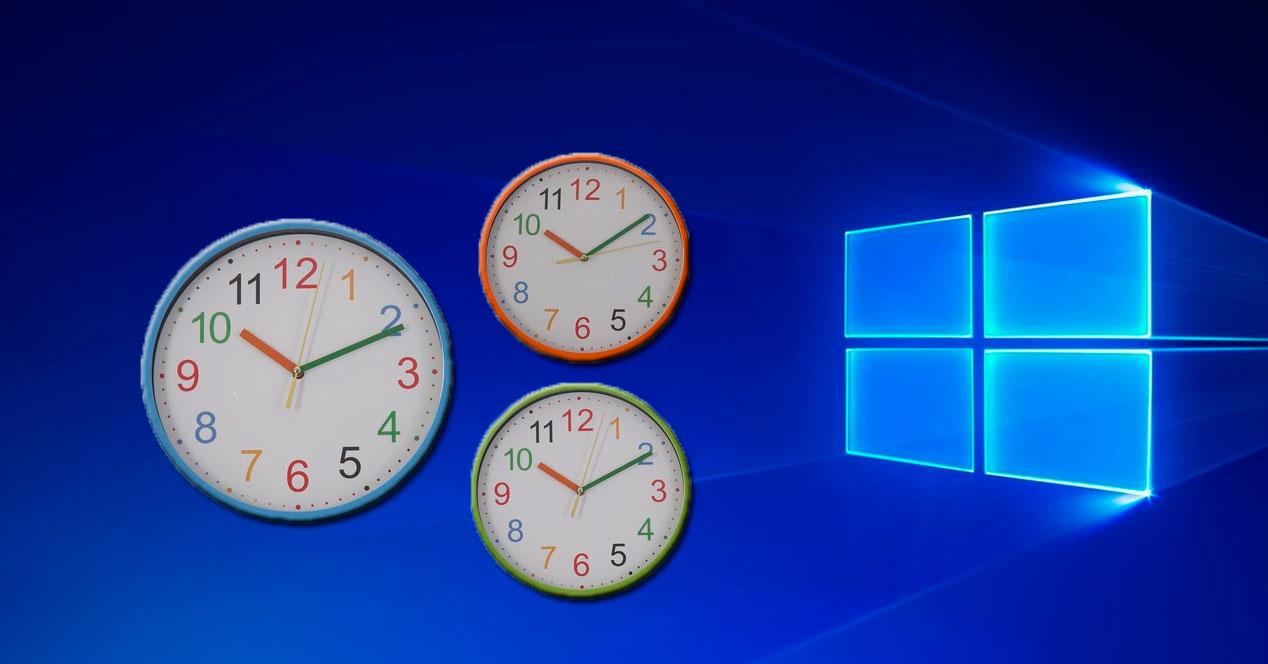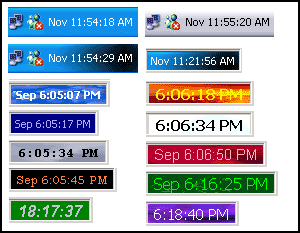
/cdn.vox-cdn.com/uploads/chorus_image/image/56019981/newcmdline.0.jpg)
The clock in Windows 1.x, containing no digital mode or other options. The Windows Clock in digital mode in Windows 3.0, featuring a different font and background, as well as a red border. With the option to use the Program Manager as the default shell removed in Windows 2000 and Windows 98, the Windows Clock was removed and has not reappeared in any Windows release since. example, it should be possible to display a clock with a sweep second. The Windows NT 4.0 version of the Windows Clock can still run without issue on Windows 10. color model used in X, and Section 6 presents the text and graphics facilities. The version present in Windows NT 3.x, Windows 95, and Windows NT 4.0 was near identical to the version found in Windows 3.1, however it is now 32-bit. Heres a look at some of the major ones we got a look at during the. With the introduction of the new taskbar interface in Windows 95 and NT 4.0, the Windows Clock was removed unless the Program Manager was chosen as the default shell during installation. Microsoft announced Windows 11 today, showing off its next generation operating system with plenty of visual changes. Windows 3.1 introduced the ability to display the date, hide the taskbar, and set the font. In Windows 1.x and 2.x, the clock only had an analogue option, with a digital option being introduced in Windows 3.0.


In Windows 95 and NT 4.0 onward, it was replaced with the taskbar clock. It allows for the time and date to be displayed in a window. The Windows Clock was a program included in Windows 1.x, Windows 2.x, Windows 3.x, and Windows NT 3.x. Windows Clock in digital mode in Windows 3.1.


 0 kommentar(er)
0 kommentar(er)
